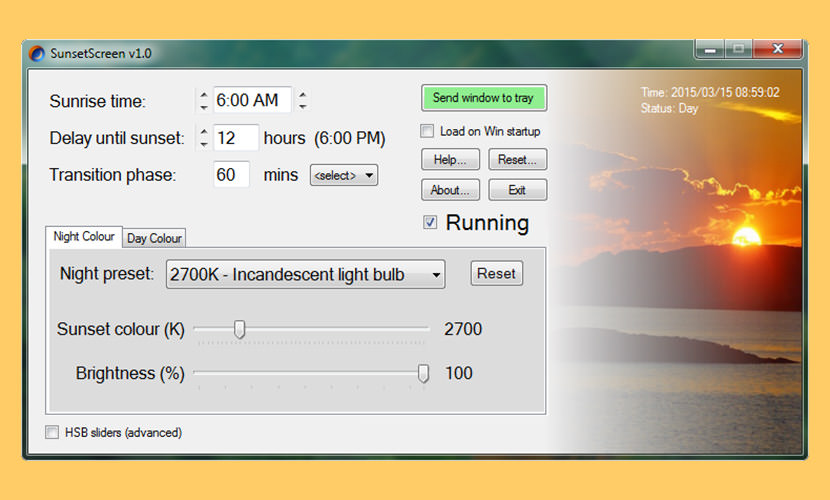Lighting
How to Reduce Glare
Most frequently, I find purple and/or green are the problem colors in glasses glare. I don’t know why it’s purple or green, and if I did I wouldn’t spend my word count explaining it here. I just want to show you three ways to fix it. Desaturate the color channel. This is my favorite way to remove that colored glare. Aug 14, 2019 Removing glare from glasses tutorial in Photoshop CC. LEGEND: This works on Windows and MAC, Photoshop is the same, but modifier keys are different. Alt on Windows is Option on MAC. Ctrl is Cmd on Mac. I write both and it will appear like this: Ctrl/Cmd+J (Ctrl is for Windows and Cmd is for Mac) This tutorial will not work on CS6 as dehaze was. Download Reduce Monitor Glare Software - Dim the contrast of your monitor in order to simulate the anti-glare screen filters that go over your screen with the aid of this unobtrusive program.
Fotor's Beauty feature allows you to retouch your photos and add makeup to photos online for free! Our touchup tools include the face editor, blemish remover, airbrush, wrinkle remover, red-eye remover, teeth whitener, eye color changer, facelift, eye makeup, lip tint, and more. Direct glare is caused by looking directly at a bright light source, such as a lamp (light bulb) or bright window. Reflected glare is caused by light reflecting from a highly reflective surface such as a computer screen, mirror or glossy magazine. Discomfort glare occurs when the observer experiences physical irritation.
Don’t be impaired by glare. These simple solutions can improve your visual comfort, and reduce glare.
By Craig DiLouie, LC
What you need to know:
- Excessive brightness and brightness contrast can produce glare
- Glare may be direct (from light source) or reflected from an object
- Glare may be irritating or disable vision
- To eliminate glare, move the light source, observer or object/task
- Change the reflectance of the task
- Reduce the brightness of the light source or the brightness contrast by lighting the surround
Brighter isn’t always better. Excessive levels of brightness and contrast can produce glare, which can result in effects ranging from mild irritation to virtual blindness.
Reflected disability glare washes out the pages of this glossy magazine, making it difficult to read.
What Is Glare?
For an object to be visible, light falls on it and is reflected or transmitted to the eye, resulting in both vision and perception. Generally speaking, if you increase the amount of light that falls on the object, you increase its brightness. The object then becomes more visible, particularly if its surround has a low brightness. The result is a high contrast between the object and its surrounding. Too much brightness and contrast can produce glare.
Direct glare is caused by looking directly at a bright light source, such as a lamp (light bulb) or bright window. Reflected glare is caused by light reflecting from a highly reflective surface such as a computer screen, mirror or glossy magazine. Discomfort glare occurs when the observer experiences physical irritation. And disability glare occurs when vision is virtually blocked.

How to Fix It
After the light source is moved, the glare is eliminated and the magazine becomes readable.
The problem of glare can typically be solved by moving or changing the task, moving the observer, or moving or shielding the light source. Consider the glossy magazine page seen in this image. On the left, the image is washed out by reflected disability glare. Simply moving the magazine a little fixes the problem. Alternately, the observer could move a little, or, if the light source is portable, he or she could move the source.
Best Free Software For Mac Os X
Similarly, suppose your desk in your home office faces a window, exposing you to direct discomfort glare coming in through a window, as well as reflected discomfort glare from sunlight striking a car outside. One solution is to orient the desk so that it’s perpendicular to the window. Another is to shield the light source, in this case by adding manual blinds.
Otherwise, avoid exposed bright lamps and specular (extremely shiny surfaces) that can produce reflected discomfort glare. If shiny surfaces cannot be avoided, consider a very diffuse light source such as indirect light. If there is an exposed lamp, shield it or use a light that is not as bright. Or simply move the light source above the field of view, where direct glare is less likely to be noticeable.
A final tip is to reduce extreme contrast either by reducing the brightness of the light source or increasing the brightness of its surround. For example, if a window appears very bright, consider putting some light on the wall around it, which will reduce contrast and thus reduce the potential for glare.
Remove Glare From Photo Online
* Photos from IES DG-29